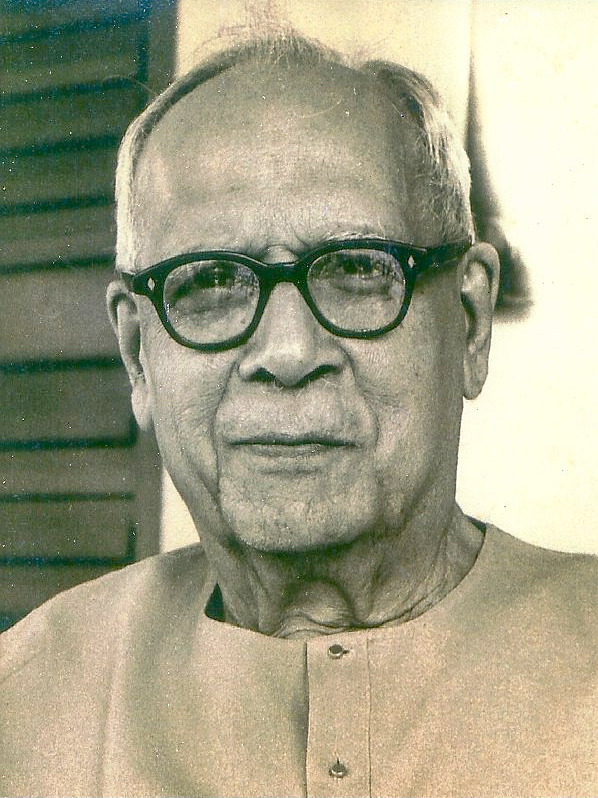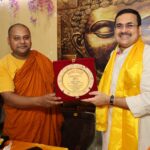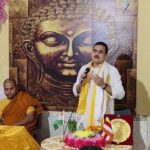HE WAS A MAN WITH A MIND OF HIS OWN
- By : Anirban Ganguly
- Category : Articles

RC Majumdar’s work of history had a genre of its own. It was varied, continental and epochal, all at the same time. He refused to toe the official line
What Arnold Toynbee and Will Durant have been to the study of civilisation and history in the West, Ramesh Chandra Majumdar, or RC Majumdar, is to the study of Indian history. One of those rare and prolific historians who was equally at ease discussing India’s contribution to the creation of civilisations as well as describing political intricacies of the Indian freedom movement, RC Majumdar, whose 125th birth anniversary passed unnoticed this December 4, continues to face general neglect and deliberate omission.
Majumdar remained the quintessential historian who could never toe the official line. “I have not hesitated to speak out the truth, even if it is in conflict with views cherished and propagated by distinguished political leaders”, he had said. It were views such as these which made him the target of the Nehruvian establishment and compelled a historian of his calibre and insight to chart out a lonely path.
His frank assertion that “the official history of the freedom movement” started “with the premise that India lost independence only in the eighteenth century and had thus an experience of subjection to a foreign power for only two centuries” while the “real history” taught “that the major part of India lost independence about five centuries before, and merely changed masters in the eighteenth century”, saw him being sidelined by the purportedly mainstream historical establishment in India which was and remains dominated by historians of the Marxian mould.
Majumdar’s work, however, had a genre of its own — varied, continental and epochal. Starting off his journey into the historical discovery of India with a classic account of classical India and a masterly description of corporate life in ancient India, Majumdar ended his story of the history of India with a monumental three-volume history of the freedom movement in India. It was one of the few histories of the development that gave the early Indian revolutionary nationalists their dues by recognising their galvanising role and by assigning them their rightful place in the story of India’s struggle for freedom.
The long period in between saw Majumdar undertake some of the most fascinating historical studies of the age. His contribution to the study of the spread of Hindu civilisation in Southeast Asia, through his masterly Ancient Indian Colonies in the Far East (1927), put him in the league of legendary greats such as Suniti Kumar and Bijan Raj Chatterjee, George Ceodès, Kalidas Nag and Nilakanta Sastri.
A genuine pride based on deep study animated Majumdar’s discussion of the spread of Indian civilisation in the archipelago. He saw this period when Indian colonies came up in the Far East as the “high-water mark of maritime and colonial enterprise of the ancient Indians”. His work, Study of Sanskrit in Southeast Asia, exhibited a similar depth of feeling when it began with the assertion that “the most interesting aspects of Indian culture is the deep impact it made upon the growth and development of culture in a large part of the continent of Asia which may not be unfairly compared with the civilising influence of ancient Greece over the rest of Europe.”
But perhaps the high water mark in Majumdar’s own career came when he joined hands with KM Munshi to produce the massive, 11- volume History and Culture of the Indian People. A Herculean attempt to evolve an alternate perception of India, the work remains unparalleled. Even here Majumdar was bold enough to call for a different approach to the study of Indian history, when he wrote, “…it would be difficult to maintain that the 4,000 years of pre-Muslim India, of the history and culture of which we possess a definite knowledge… should rank in importance as equal with that of the Muslim period of about 400 or 500 years, or the British period of less than 200 years.”

















